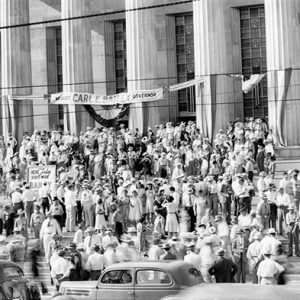 Bailey Reelection Campaign
Bailey Reelection Campaign
Entry Type: Event
 Bailey Reelection Campaign
Bailey Reelection Campaign
Bailey, George (Lynching of)
Bailey, James (Lynching of)
Bailey’s, Affair at
aka: Affair at Crooked Creek
 Baker Nuclear Test
Baker Nuclear Test
Baker, Eugene (Lynching of)
 Baker Lynching Article
Baker Lynching Article
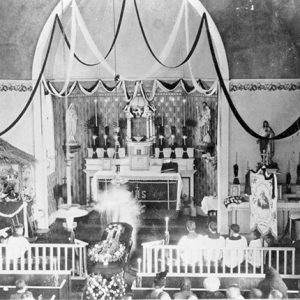 Pietro Bandini Funeral
Pietro Bandini Funeral
Banks, Isadore (Murder of)
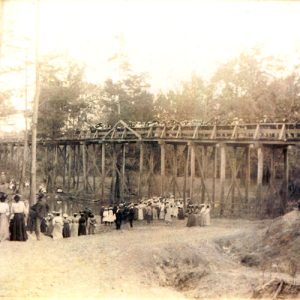 Baptism Service
Baptism Service
 Baptism Service on Caddo River
Baptism Service on Caddo River
Baptist Health v. Murphy
Barham, Ella (Murder of)
Barker (Reported Lynching of)
 Barker Lynching Article
Barker Lynching Article
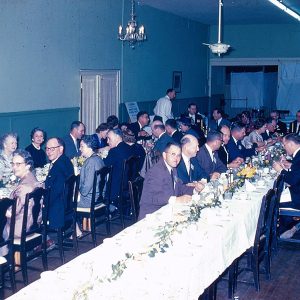 Barlow Hotel Banquet
Barlow Hotel Banquet
Barnes, Lee (Execution of)
Barnett, John (Lynching of)
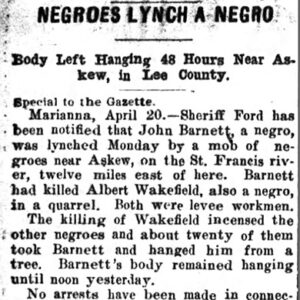 John Barnett Lynching Article
John Barnett Lynching Article
 Batesville 1915 Flood
Batesville 1915 Flood
Batesville after Freeman’s Command, Expedition from
Batesville Expedition
Batesville to Denmark, Fairview, Hitcher’s Ferry and Bush’s Ford, Scout from
Batesville to Devil’s Fork of the Little Red River, Expedition from
Batesville to Elgin, Expedition from
Batesville to near Searcy Landing, Expedition from
Batesville to West Point, Grand Glaize, Searcy Landing, etc., Scout from
Batesville, Skirmish at (February 4, 1863)
Batesville, Skirmish at (May 3, 1862)
 Battle of Arkansas Post
Battle of Arkansas Post
 Battle of Arkansas Post
Battle of Arkansas Post
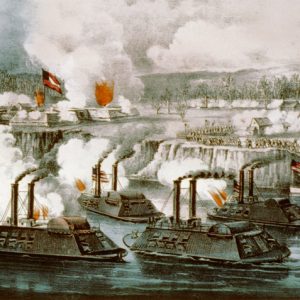 Battle of Arkansas Post
Battle of Arkansas Post
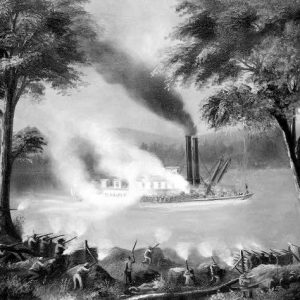 Battle of Palarm
Battle of Palarm
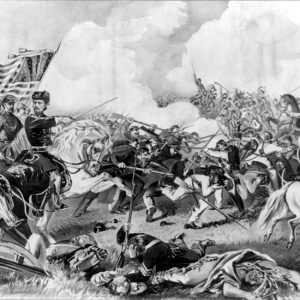 Battle of Pea Ridge
Battle of Pea Ridge
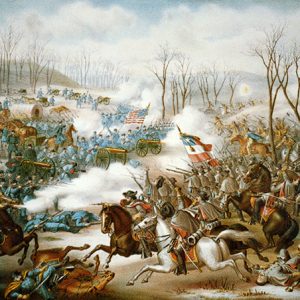 Battle of Pea Ridge
Battle of Pea Ridge
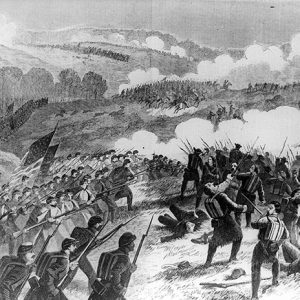 Battle of Pea Ridge
Battle of Pea Ridge
 Battle of Prairie Grove
Battle of Prairie Grove
Battle of the Ravine
 Battle of the Ravine, 1922
Battle of the Ravine, 1922
 Battle of the Ravine, 2013
Battle of the Ravine, 2013
 Elisha Baxter's Forces at Pine Bluff
Elisha Baxter's Forces at Pine Bluff
Bay of Pigs Invasion
Bayou Fourche, Engagement at
aka: Battle of Little Rock
Bayou Meto, Action at
aka: Action at Reed's Bridge
Bayou Meto, Skirmish at (February 24, 1865)
Bayou Meto, Skirmish near (February 17, 1865)
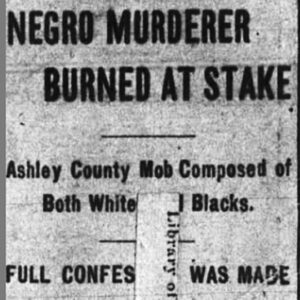 Bays Lynching Article
Bays Lynching Article
Bays, Glenco (Lynching of)
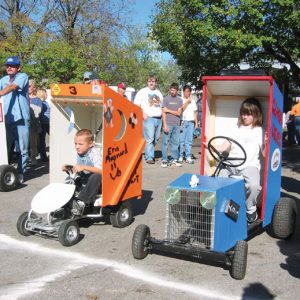 Bean Fest
Bean Fest




